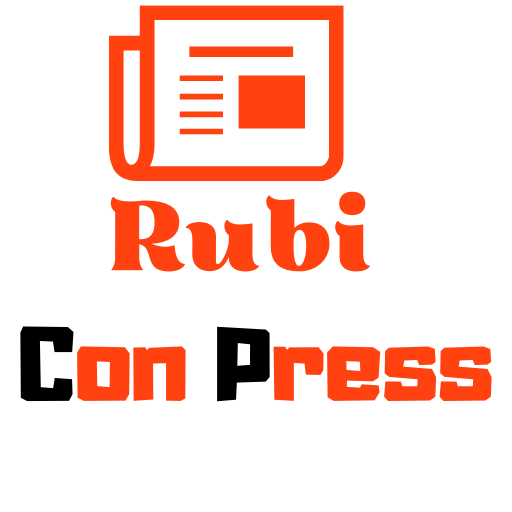Introduction
Doobie weed is a slang term for marijuana, a psychoactive drug derived from the Cannabis plant. This article aims to delve into the origins of doobie weed, its effects on the mind and body, as well as its increasing popularity in recent years.
Origins of Doobie Weed
The use of marijuana dates back thousands of years, with evidence suggesting its consumption for medicinal and recreational purposes in various ancient civilizations. The Cannabis plant is believed to have originated in Central Asia, with early usage documented in regions such as China and India.
In ancient India, marijuana was known as “ganja” and was revered for its medicinal properties in the Ayurvedic system of medicine. It was also used in religious ceremonies and cultural practices. Similarly, in China, references to cannabis use can be found in ancient texts dating back to the Han dynasty.
The term “doobie weed” itself likely originated in the United States during the counterculture movement of the 1960s and 1970s, when marijuana became synonymous with rebellion, creativity, and alternative lifestyles. The slang term “doobie” refers to a joint, which is a rolled cigarette containing marijuana.
Effects of Doobie Weed
The effects of consuming doobie weed can vary depending on various factors such as the strain of marijuana, method of consumption, dosage, and individual tolerance. Some common effects of marijuana consumption include:
- Euphoria: Marijuana can induce feelings of euphoria, relaxation, and happiness. This is often accompanied by a sense of well-being and increased sociability.
- Altered perception: Marijuana can distort sensory perception, leading to changes in how users perceive time, colors, sounds, and tastes.
- Increased appetite: Commonly known as the “munchies,” marijuana can stimulate appetite and cravings for food.
- Cognitive effects: Marijuana can impact cognitive functions such as memory, attention, and problem-solving skills. It can also enhance creativity in some individuals.
- Physical effects: Marijuana can cause relaxation of muscles, bloodshot eyes, increased heart rate, and dry mouth.
It is important to note that marijuana affects each individual differently, and some users may experience negative side effects such as anxiety, paranoia, and impaired coordination.
The Popularity of Doobie Weed
In recent years, there has been a growing acceptance and legalization of marijuana for both medical and recreational use in various parts of the world. This has led to an increase in the popularity of doobie weed among a diverse range of consumers.
The legalization of marijuana has opened up new opportunities for research into its potential medical benefits, leading to the development of cannabis-based pharmaceuticals for conditions such as chronic pain, epilepsy, and nausea.
Furthermore, the emergence of the cannabis industry has seen a proliferation of products such as edibles, oils, tinctures, and topicals, providing consumers with a variety of options for consuming marijuana.
Frequently Asked Questions (FAQs)
- Is marijuana addictive?
-
While marijuana is not considered as addictive as substances like alcohol or nicotine, some individuals may develop a dependence on it, especially with frequent, heavy use.
-
Can marijuana be used for medical purposes?
-
Yes, marijuana has been shown to be effective in treating various medical conditions such as chronic pain, epilepsy, multiple sclerosis, and chemotherapy-induced nausea.
-
What are the potential risks of using marijuana?
-
Long-term heavy use of marijuana can lead to negative effects on mental health, respiratory issues, and impaired cognitive function, especially in adolescents.
-
Is it legal to use marijuana recreationally?
-
The legality of marijuana varies from country to country and within different states. It is important to be aware of the laws regarding marijuana use in your region.
-
What is the difference between THC and CBD?
- Tetrahydrocannabinol (THC) and cannabidiol (CBD) are two of the main compounds found in marijuana. THC is psychoactive and responsible for the “high” sensation, while CBD is non-psychoactive and is associated with various therapeutic benefits.
Conclusion
In conclusion, doobie weed, or marijuana, has a rich history dating back thousands of years and continues to be a topic of interest and debate in contemporary society. Understanding the origins, effects, and popularity of marijuana is essential for individuals considering its use, whether for medicinal or recreational purposes. As attitudes towards marijuana continue to evolve, further research and education are crucial in maximizing the benefits and minimizing the risks associated with its consumption.
